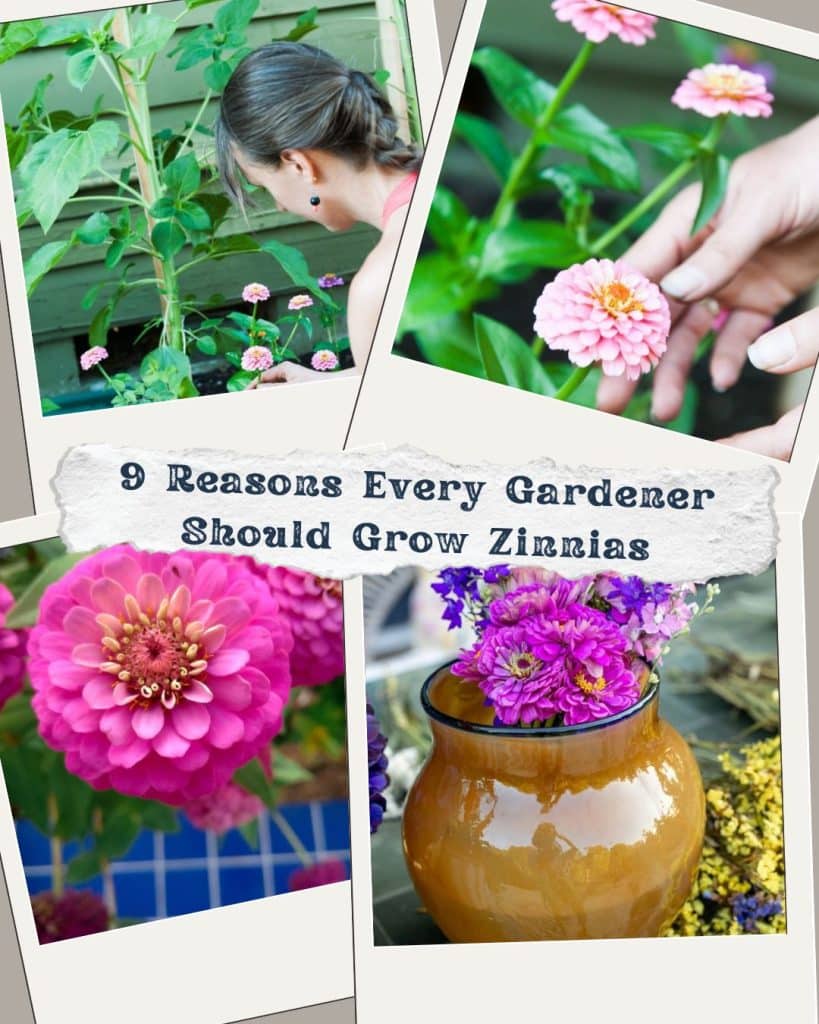
Zinnias are the colorful all-stars of the garden, and they never fail to lift your spirits. If you’re looking for a flower that’s easy to grow, stunning to look at, and incredibly versatile, zinnias should be at the very top of your list.
Zinnias: 101

Zinnias thrive in a wide range of climates, but they love full sun. They typically do best in zones 3 through 10, making them super accessible for most gardeners across the country.
There are tons of varieties, from the classic single-petaled blooms to the jaw-dropping double and semi-double versions. Popular types include ‘California Giant,’ ‘Cut and Come Again,’ and ‘Dreamland,’ each offering a unique pop of color and petal shape that will make your garden sing.
Planting zinnias is as straightforward as it gets. You can sow zinnia seeds directly into well-draining soil once the danger of frost has passed, or you can start them indoors and transplant later. Just give them consistent moisture, a bit of space, and some love, and they’ll do the rest.
When it comes to basic care, zinnias aren’t fussy. Keep them in a spot that gets at least six hours of sunlight, offer them moderate watering, and feed them occasionally with good-quality plant food if you want a truly dazzling show.
Deadheading spent blooms will keep the flowers coming all season long, ensuring a never-ending parade of color in your garden.
1) Zinnias Are Easy to Grow
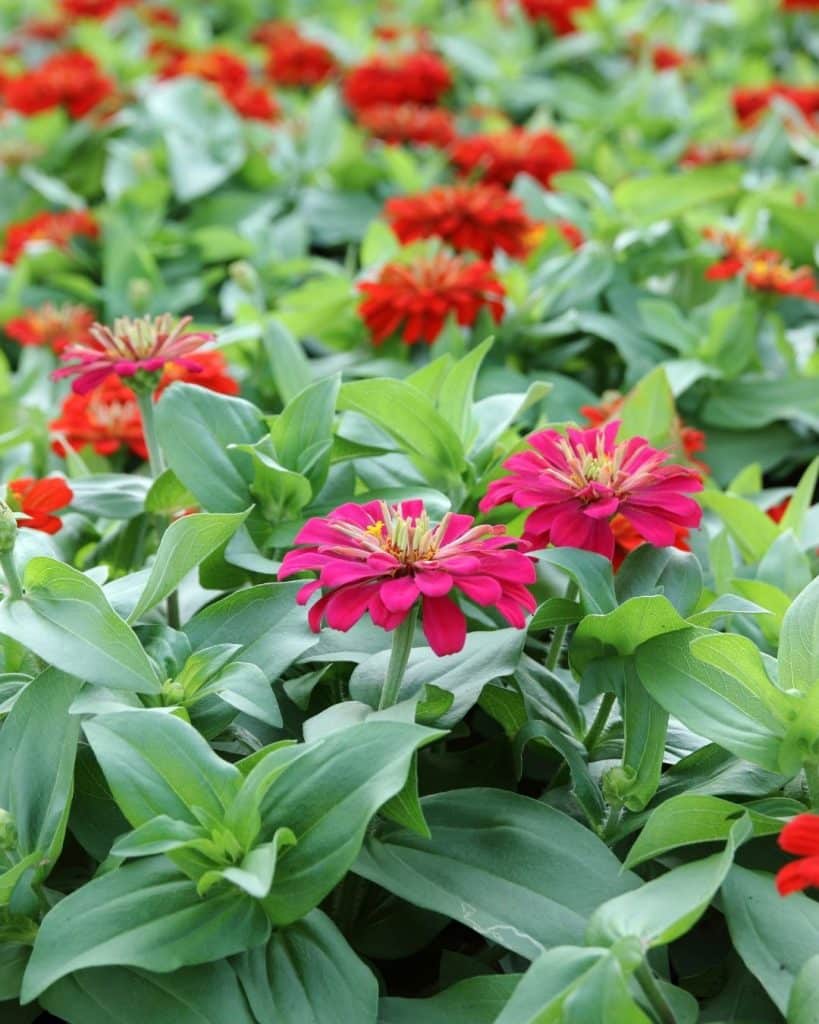
Zinnias have a reputation for being one of the simplest flowers to grow from seed. In fact, you can just loosen your soil, scatter seeds, rake them in lightly, and water. Before you know it, you’ll see tiny seedlings popping up like eager little guests at a party.
They require minimal fuss compared to other flowering plants. You don’t have to be a master gardener to have zinnias thriving in your yard or even in a container on your patio. From personal experience, I’ve had years where I was overwhelmed with other gardening tasks, and yet my zinnias still managed to flourish with minimal attention.
If you forget to feed or miss a watering here and there, zinnias generally bounce right back. To make your life easier, consider preparing your beds with some enriching compost before planting. This small step will give them a hearty start and lighten the watering and feeding load for you.
2) Zinnias Bloom All Summer Long
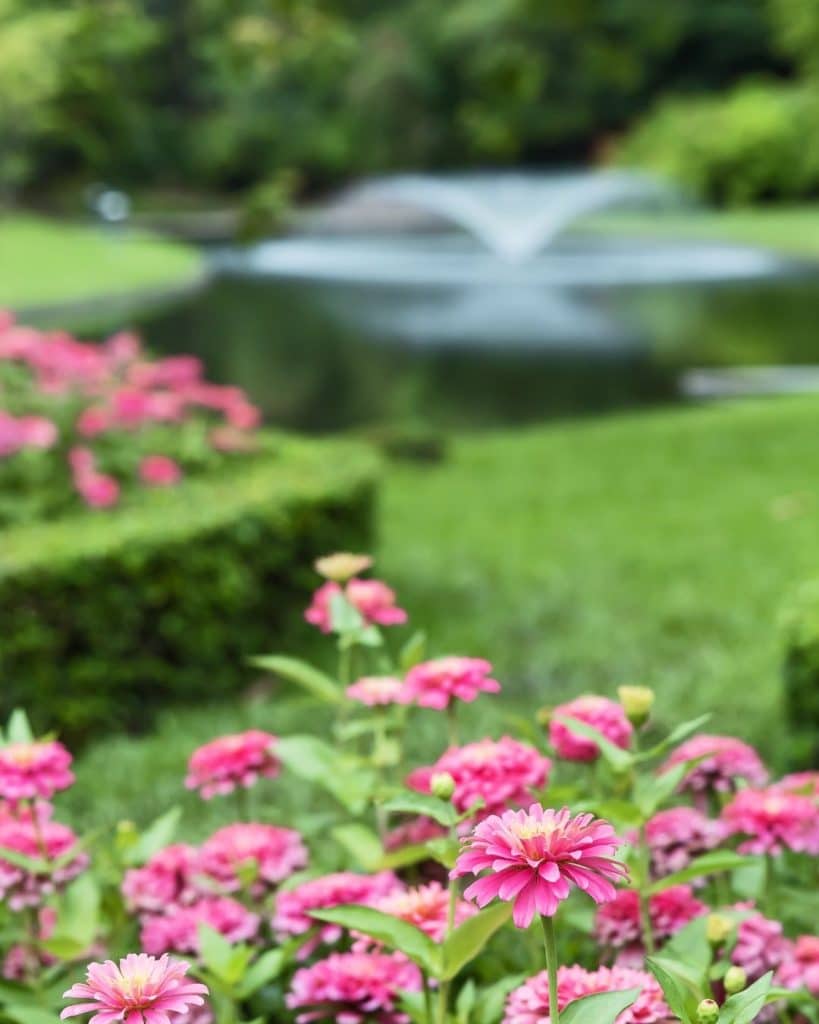
One of the absolute best perks of growing zinnias is their long bloom time. From early summer until fall frost, zinnias just keep on giving.
Unlike some flowers that have a short bloom period, zinnias are in it for the long haul. They pump out new buds as long as you keep removing the spent ones (a quick snip is all it takes).
Over the years, I’ve come to rely on zinnias to fill out any gaps in my flower beds once my spring blooms fade. It’s a great feeling to look out my window in August and still see a vibrant display of pinks, oranges, and reds.
3) Zinnias Attract Pollinators
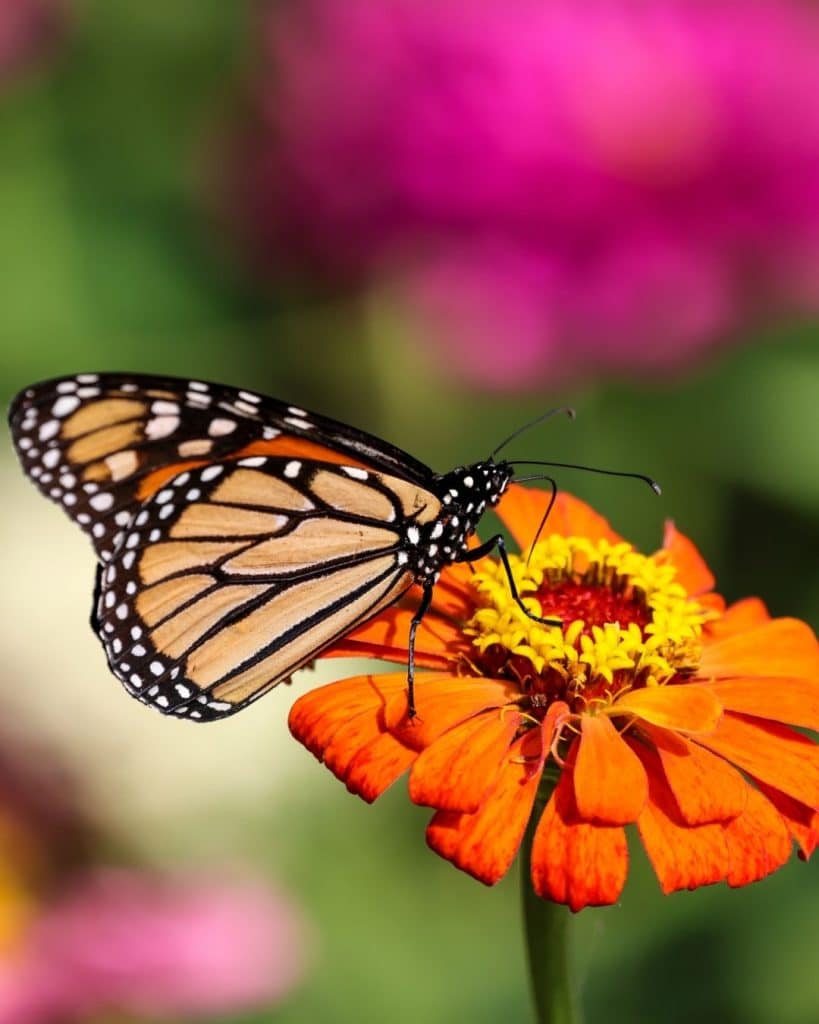
If you want your garden to buzz with life, zinnias are your ticket. Bees, butterflies, and even hummingbirds find them irresistible.
Zinnias have an open flower structure, making it easy for pollinators to land and access the nectar. That means more pollination happening in your garden, leading to healthier fruits, veggies, and a generally bustling ecosystem.
In my own flower beds, I’ve noticed more monarch and swallowtail butterflies ever since I started planting zinnias. It’s truly a joy to watch them flutter around while I’m tending to other tasks or just enjoying a relaxing moment outdoors.
4) Zinnias Make Fantastic Cut Flowers
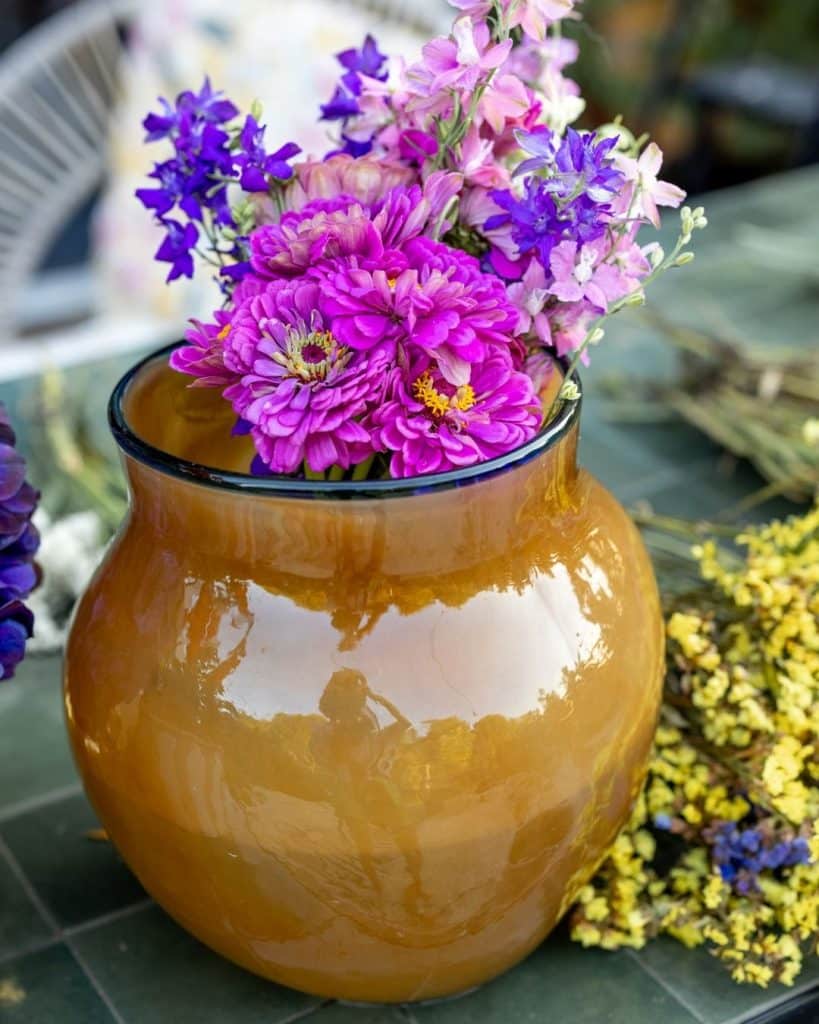
If you love having fresh bouquets on your kitchen table, zinnias are an all-star choice. They have strong stems, vibrant colors, and a decent vase life, often lasting up to a week or more if you change the water regularly.
They also pair beautifully with other garden blooms like dahlias, sunflowers, and snapdragons. Plus, cutting the flowers encourages the plant to produce even more blooms, so you’re doing your zinnias a favor every time you snip a few for a vase.
For best results, use sharp garden shears and cut them in the morning when the stems are hydrated. Give them a fresh trim at an angle right before placing them in water. This small step can extend their vase life.
5) Zinnias Offer a Rainbow of Colors
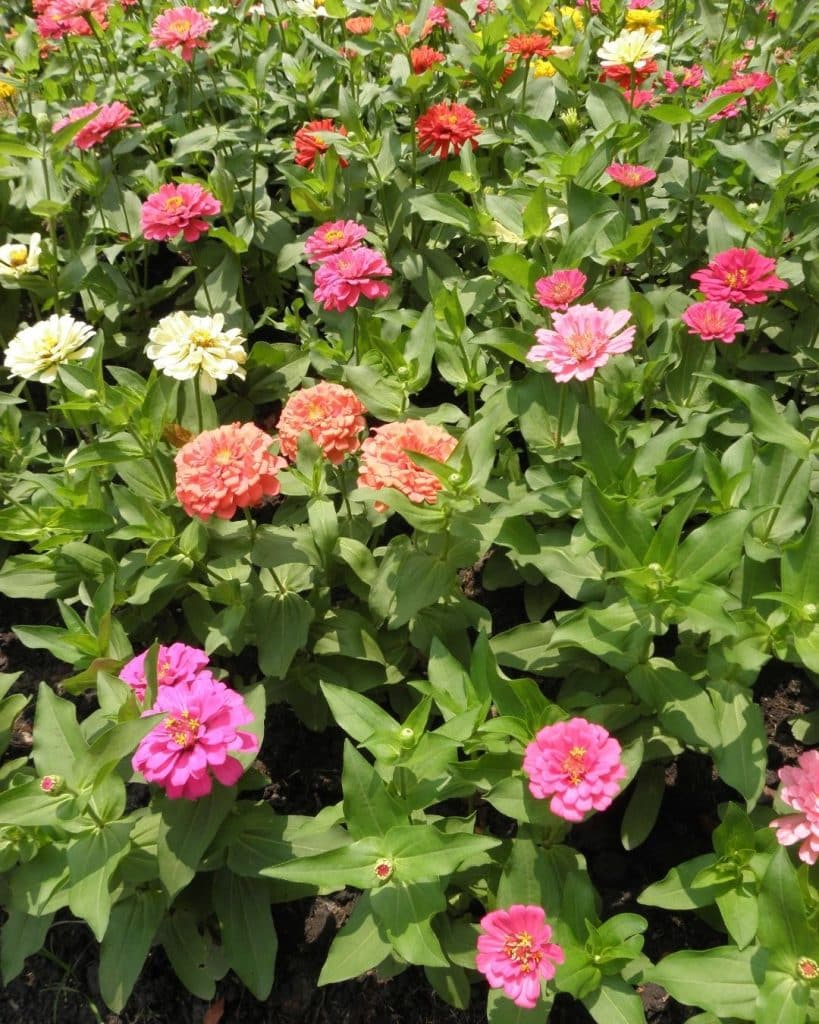
Zinnias come in nearly every shade imaginable, from hot pinks and sunny yellows to deep reds and even subtle pastels. Some varieties sport multicolored or speckled petals, adding extra intrigue to your garden.
It’s like having a box of crayons right in your flower bed. My favorite combination is a big clump of bright orange zinnias next to purple coneflowers—talk about a showstopper!
If you enjoy experimenting with color themes in your garden, zinnias are the perfect go-to. You can plant a row of mixed seeds for a kaleidoscope of hues or stick to a single color variety for a more streamlined look.
6) Zinnias Are Budget-Friendly
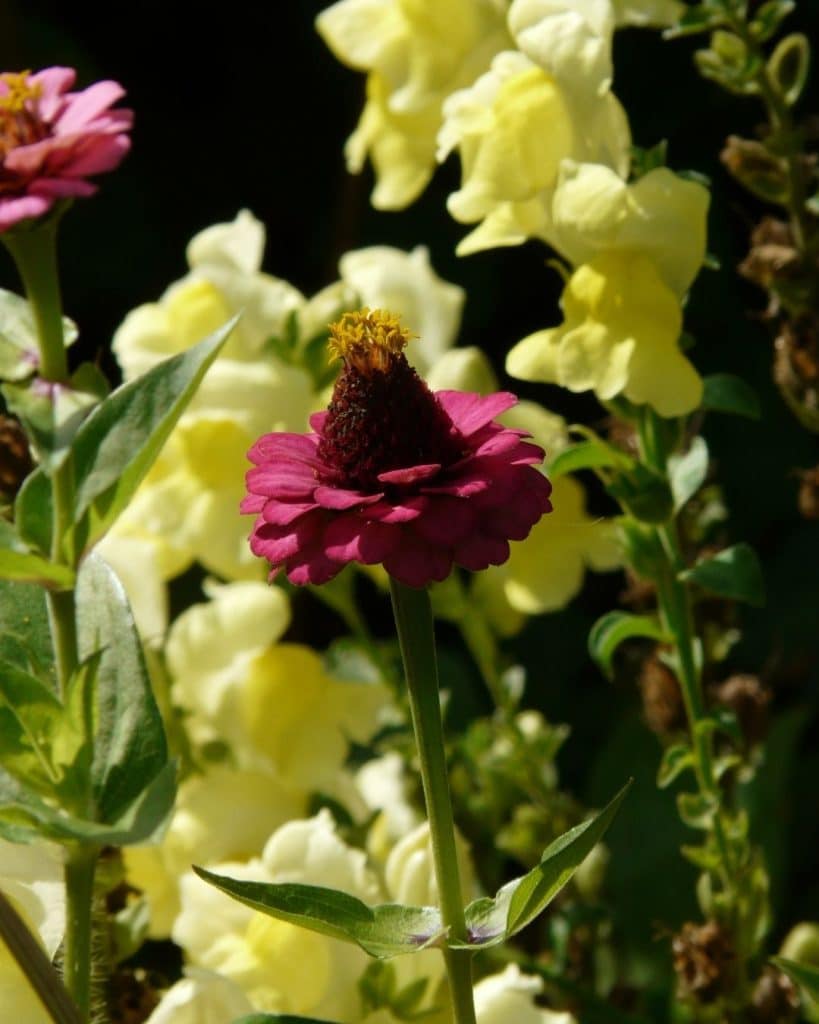
You get a lot of bang for your buck with zinnias. Seeds are typically inexpensive, and a single packet can fill large sections of your garden with vibrant blooms.
Because they’re annuals, they grow quickly, so you see results fast. They also don’t require specialized or expensive gardening supplies to thrive, helping you keep costs low.
When I first started gardening on a tight budget, I turned to zinnias to get quick color. I planted one packet in a small raised bed, and by mid-summer, it looked like I had spent a fortune on landscaping!
7) Zinnias Are Ideal for Beginner Gardeners
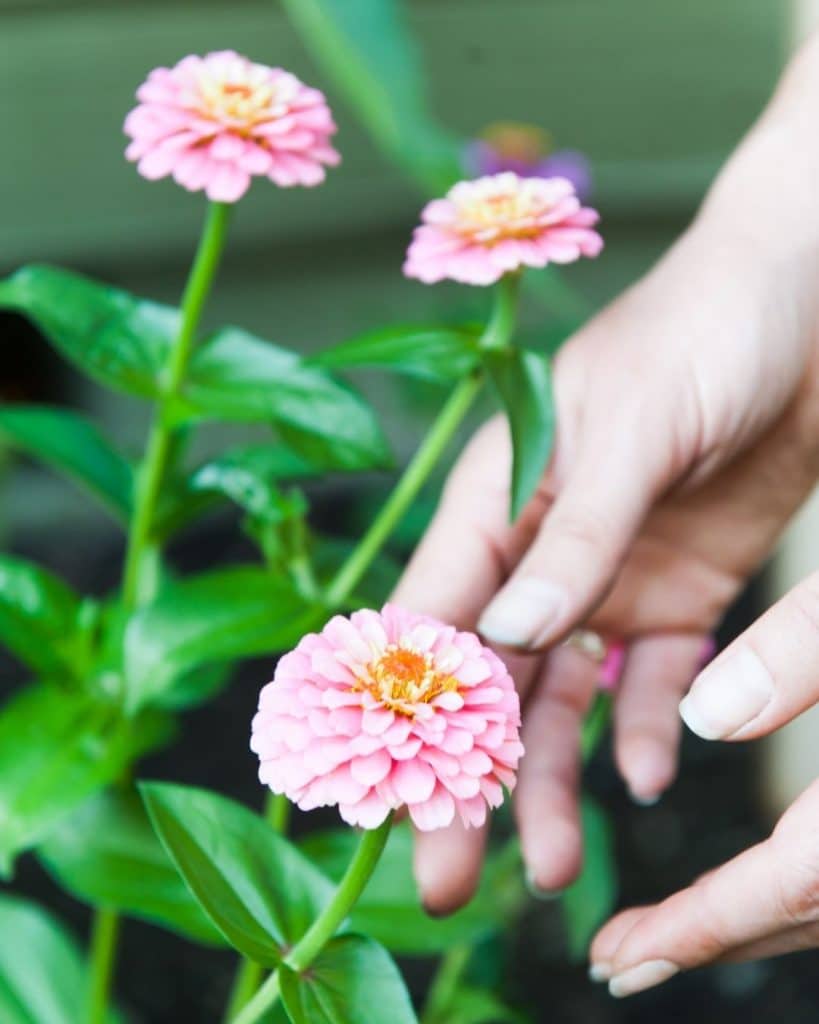
If you’re just dipping your toes into the gardening world, zinnias are a fantastic starter flower. They germinate quickly and offer a high success rate, which is incredibly motivating for new growers.
Their forgiving nature means you can learn basic gardening skills without the frustration of seeing plants fail left and right. You’ll gain confidence as you watch your zinnias flourish, and before you know it, you’ll be adding more challenging plants to your collection.
Starting out, grab a good pair of garden gloves, a decent watering can, and you’re set. From there, just follow the simple steps: plant, water, and watch them grow.
8) Zinnias Handle Heat Like Champs
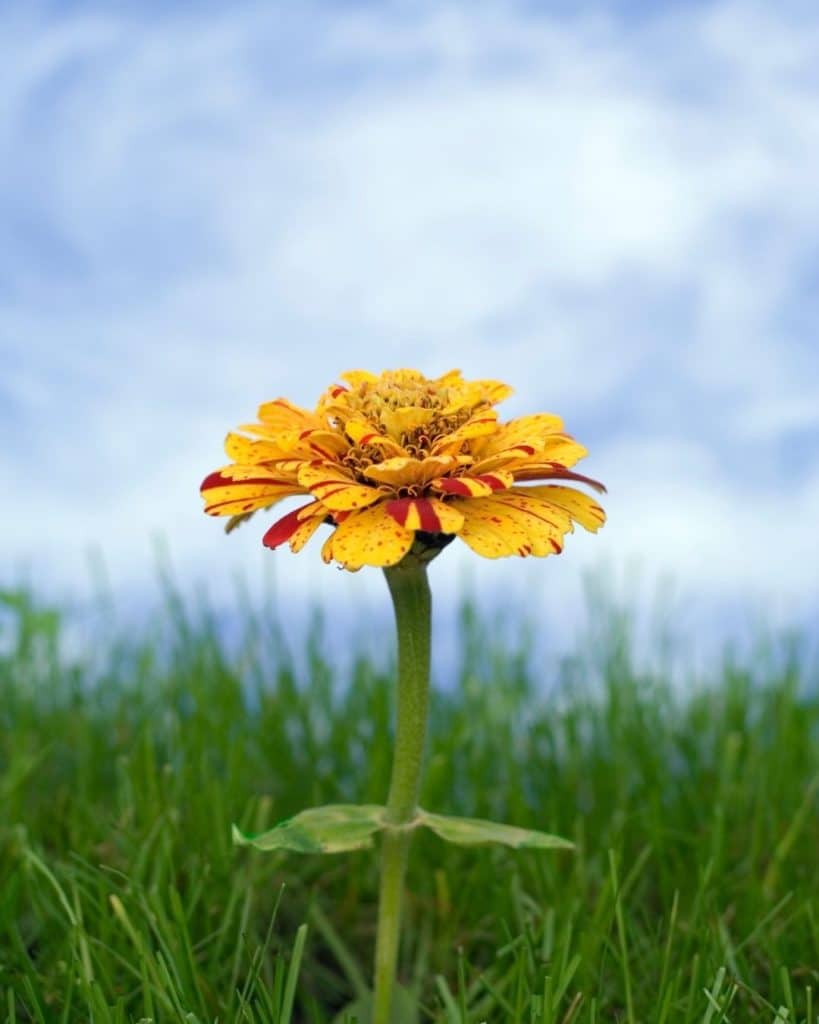
Hot, sunny weather doesn’t scare zinnias. In fact, they flourish in high temperatures and can handle full sun without wilting, as long as they receive adequate moisture.
This heat tolerance is a game-changer if you live in a region with scorching summers. Many flowers start to look tired in the intense sun, but zinnias stay chipper and continue pushing out bright blooms.
In my zone 9 garden, midday sun can be harsh. But my zinnias remain upright and open, as if they’re smiling under those blazing rays. Just be consistent with watering, using a little extra during heat waves, and they’ll be your summer best friends.
9) Zinnias Work in All Sorts of Spaces
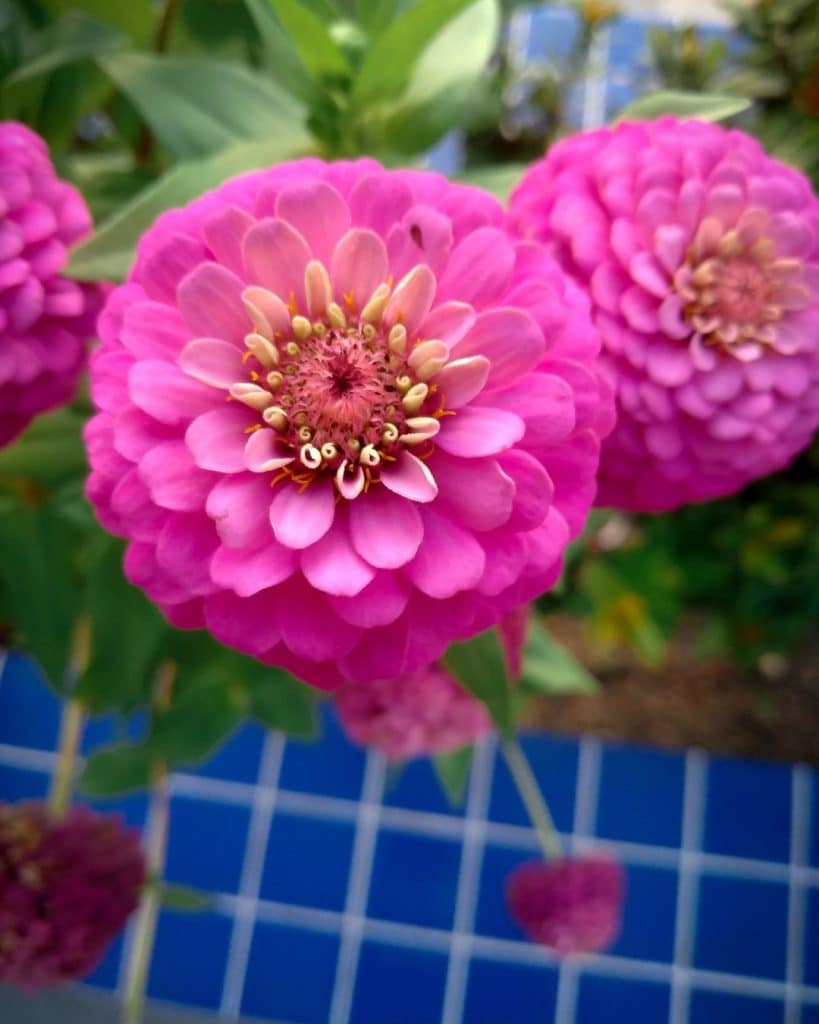
Have limited space? No problem—zinnias grow perfectly well in pots or small beds, making them ideal for balconies, porches, or compact gardens.
Just ensure the container has good drainage and choose a smaller variety of zinnia if you’re short on room. They also look fantastic when grown in combination with ornamental grasses or trailing plants in container arrangements.
If you do have the luxury of a larger garden, consider installing a simple garden trellis or taller supports around your zinnia bed to mix in climbing vines. This creates a layered look that’s pleasing to the eye and allows for maximum use of vertical space.
Bonus: Frequently Asked Questions
1) Do zinnias require full sun?
Yes. Zinnias thrive with at least six hours of direct sunlight each day, though they’ll tolerate a bit of partial shade.
2) Should I start zinnias indoors or direct sow them?
Either works. If you have a short growing season, starting them indoors gives you a head start. Otherwise, direct sowing is perfectly fine once the risk of frost is gone.
3) How do I keep zinnias blooming longer?
Deadheading is key. Snip off any faded or spent blooms, and the plant will respond by producing even more flowers throughout the season.
4) Are zinnias prone to any diseases?
Zinnias can be susceptible to powdery mildew if conditions are damp and overcrowded. To reduce the risk, ensure good airflow between plants and avoid overhead watering.
5) Can I save zinnia seeds for next year?
Absolutely. Wait until the flowers are fully dry on the plant, then collect and store the seeds in a cool, dry place until you’re ready to plant again.